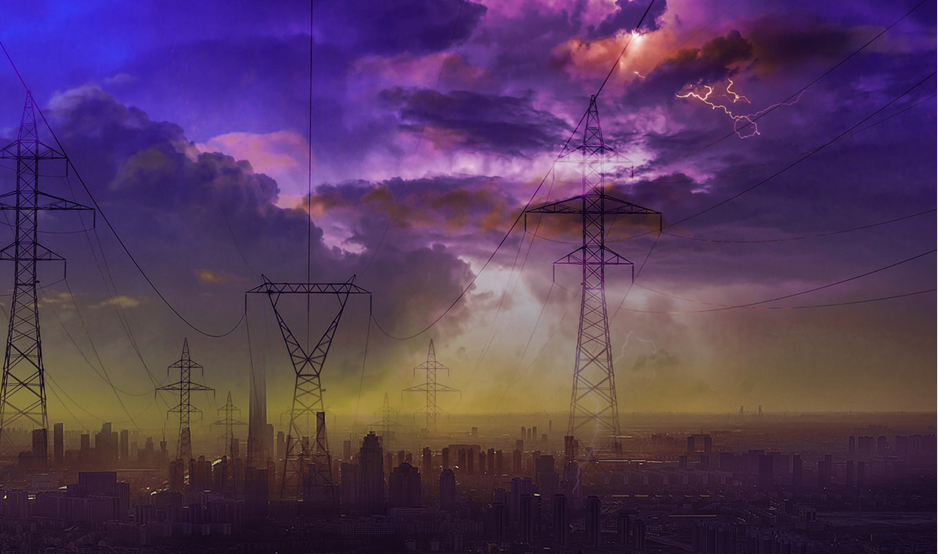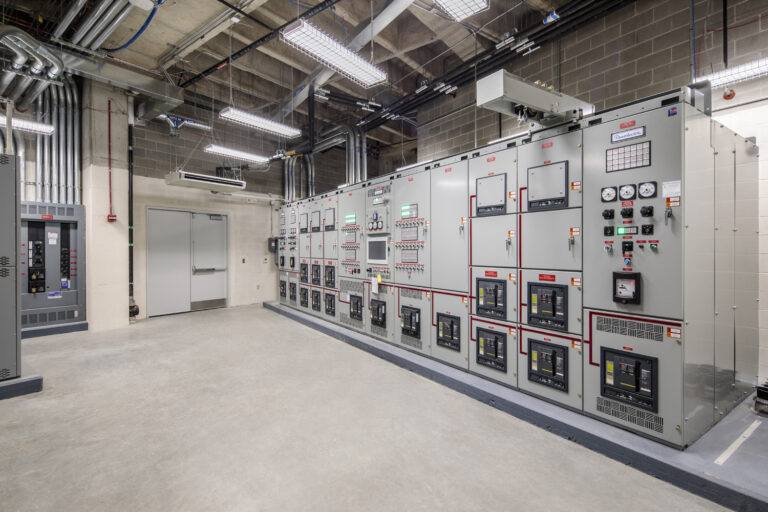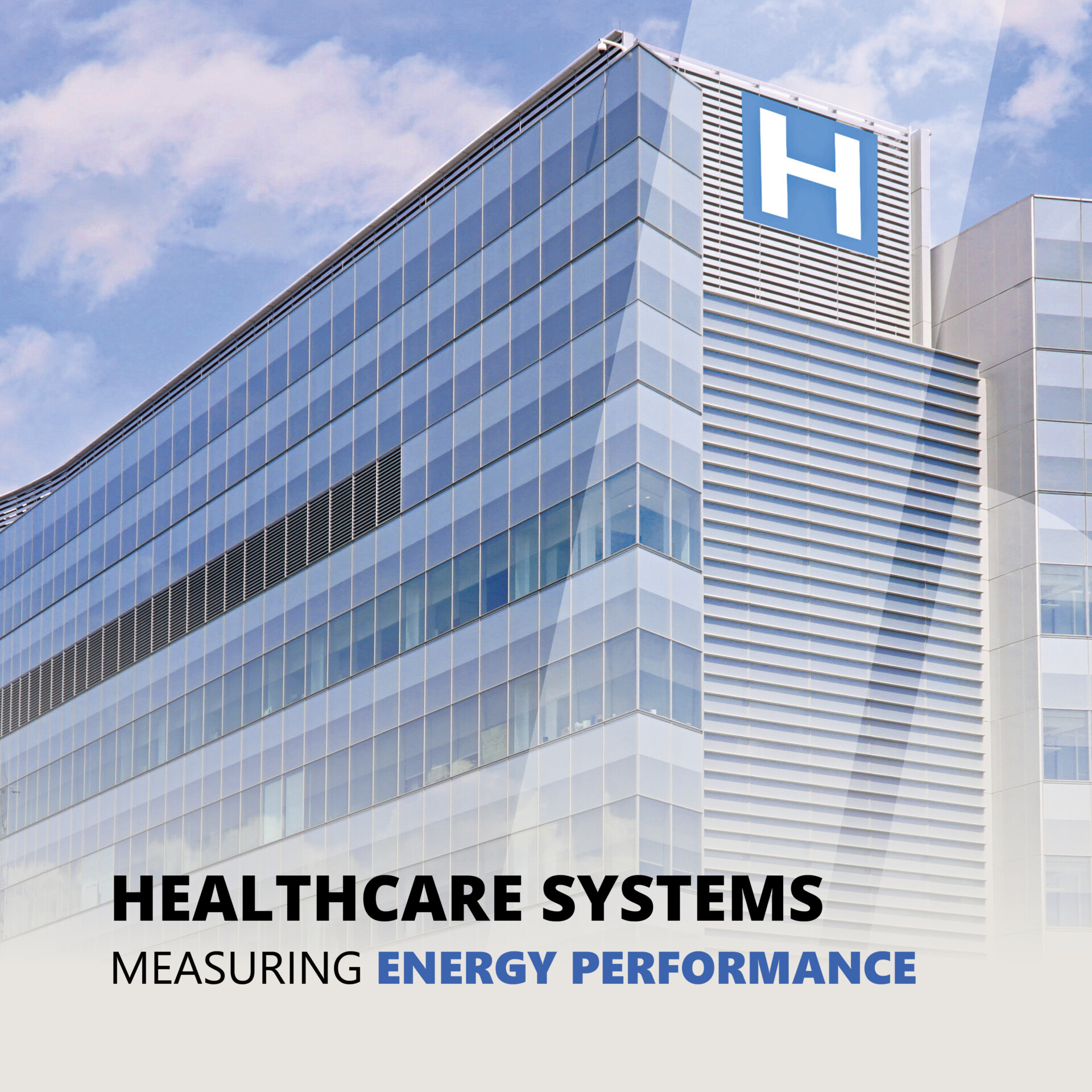
- THE PROBLEM: Increased Disruptions & Rising Demand
- SOLUTION #1: Have a Plan
- SOLUTION #2: Get Energy Efficient
- SOLUTION #3: Protect Critical Equipment from Brownouts
- SOLUTION #4: Ensure Redundant Emergency Power
- REAL INNOVATION: Looking to the Future
- ACT NOW
Power grid disruptions are increasing across the United States, primarily driven by more extreme heat and inclement weather, as well as reduced generation and increased demand.
The Christmas Blizzard of 2022 knocked out power from Maine to Seattle, leaving 800,000 customers without power and 60 dead. At one time, utility operators warned more than 65 million people across the eastern U.S. to prepare for the possibility of rolling blackouts.
Following severe storms in June 2022 that damaged transmission lines, AEP Ohio was forced to cut power to 230,000 customers in Central Ohio during an unprecedented heat wave – an effort to keep outages from spreading and making it harder to restore power later.
On Dec. 3, an intentional shooting attack damaged two electrical substations in North Carolina and left tens of thousands of people and businesses without power.
Read on to learn more about how your healthcare organization can anticipate and prepare for these challenges in the coming decade.
THE PROBLEM: Increased Disruptions & Rising Demand
The frequency of blackouts has increased dramatically in the past decade, with the average American experiencing 8 hours of power outages in 2020, a rate that has more than doubled since 2015, according to the U.S. Department of Energy. This trend is primarily driven by major weather events, which are becoming more common due to climate change.
The drive for electrification, electrical vehicles, and EV charging stations could further increase electricity demand in the coming years. In addition, the transition to renewable energy generation sources, which are not yet as reliable as fossil fuels, may reduce grid reliability in the near term.
Fueling that drive to electrification is the recently passed Inflation Reduction Act. It significantly increased financial incentives for renewable energy and electric vehicles, which will accelerate the pace of grid change and further increase demand on already strained power grids.
The threat is real, but healthcare organizations can be proactive to address these challenges.
SOLUTION #1: Have a Plan
“The most difficult thing is the decision to act, the rest is merely tenacity.”
~Amelia Earhart
Before you run out and buy more generators, take a moment to pause and consider your current state of affairs. How would you support your critical operations if you lost power for 1 hour, 1 day, or 1 week?
The first step is to assess where you are today, which means taking into account your critical equipment, your backup power systems and generators, and the redundancy that is built into your current facilities and power sources.

Our team can help you prioritize capital investments so that you can get the best return on your investment and have the greatest positive impact on your facilities.
SOLUTION #2: Get Energy Efficient
Before you invest in redundant and emergency power systems, make sure your facilities are as energy efficient as possible. This means conducting an energy audit/assessment of your campus or facilities.
For example, HEAPY conducted an Energy Audit/Assessment of the performance of several hospital facilities for a large healthcare provider in Southwest Ohio, totaling 1,850,000 SF. The result was a 15.3% reduction in energy usage and an annual cost savings of $763,500.
By reducing your energy consumption first, you will ensure that you are investing in the appropriate resources to meet your energy needs. Strategic energy management is also one of the most powerful ways to achieve your financial and environmental goals, which will have a positive impact on the surrounding community. Reach out to HEAPY if you want help understanding how you can optimize your facility operations and reduce energy usage.
SOLUTION #3: Protect Critical Equipment from Brownouts
Brownouts, or drops in the voltage delivered by an electrical grid, are also becoming more frequent as electricity demand outpaces power generation.
 Brownouts can wreak havoc on digital control circuits and motors, causing irreparable damage to expensive or sensitive equipment such as chillers, variable frequency drives and circuit-based equipment. This can mean thousands or millions of dollars in damage that can take months to fully repair.
Brownouts can wreak havoc on digital control circuits and motors, causing irreparable damage to expensive or sensitive equipment such as chillers, variable frequency drives and circuit-based equipment. This can mean thousands or millions of dollars in damage that can take months to fully repair.
We recommend monitoring the voltage supply to high-priority equipment, which will allow your team to respond quickly when voltage drops below desired levels. In some cases, you may need to switch over to emergency power to avoid damaging critical infrastructure.
Your team can also leverage electrical devices such as an Uninterrupted Power Supply (UPS) or Automatic Voltage Regulator (AVR), which can protect sensitive equipment when voltage falls during a brownout.
SOLUTION #4: Ensure Redundant Emergency Power
“Don’t do less and accept less.”
~Jeanette Epps, Aerospace Engineer, Astronaut
Hospitals and healthcare systems are required by law to have an emergency power system and generator. However, just meeting the basic requirements is not enough.

Many healthcare campuses are investing in increased generator capacity beyond code minimum emergency power requirements. These systems are sized to back up the entire campus, not just a portion of it.
In addition, redundant N+1 generators may be installed, so that if one generator fails you are still able to serve critical needs.
Healthcare campuses should also have multiple, redundant utility sources, preferably from separate utility company sub stations, which reduces the chance of complete loss of power.
REAL INNOVATION: Looking to the Future
While the solutions outlined above are current best practices, new and innovative solutions are emerging that have the potential to increase electrical resiliency on healthcare campuses. Given installing a new diesel burning generator could be a 25+ year investment, these new solutions should be strongly considered so your organization is not stuck trying to address the carbon impact of sole source redundancy as the drive to carbon neutrality increases.
Microgrids are small, independently controlled energy supply systems that can be designed to harness wind, solar, and geothermal power, as well as tie into natural gas turbines and even generators. A microgrid can tie into the larger utility grid and provide power to operate critical facilities during a natural or man-made disaster.
A microgrid runs continuously, unlike a standby generator, and can be designed with storage capacity (e.g., batteries) to provide an added safeguard against lengthy outages. Microgrid systems also help reduce risk by diversifying power sources.
You don’t need to install a 30-acre solar field to reap the benefits of having more control over power generation and diversifying your power sources. Our team can help you evaluate options and determine whether an innovative, on-site microgrid solution is right for your campus.
ACT NOW
“The only difference between success and failure is the ability to take action.”
~Alexander Graham Bell
The bottom line? Our power grids are stretched thin by increased demand, more frequent severe weather, and aging infrastructure. The North American Electric Reliability Corporation, which monitors the nation’s grid, recently warned that Texas, the Midwest and New England are at risk of having insufficient electric power supplies in the event of an extreme winter storm. The war in Ukraine hasn’t helped matters, driving up prices and disrupting global energy markets.
Healthcare organizations must act now to be ready for the next disruption and to take advantage of new investments in renewable energy and electrification. Start with a strategic assessment of where you are today, and plan for where you want to be 10 years from now.
Reach out today if you need help evaluating your electrical infrastructure, prioritizing equipment repair and replacement, and making smart investment decisions to ensure your healthcare campus is prepared for what comes next.

Larry Cotterman, PE
|

Merritt Roseberry |





